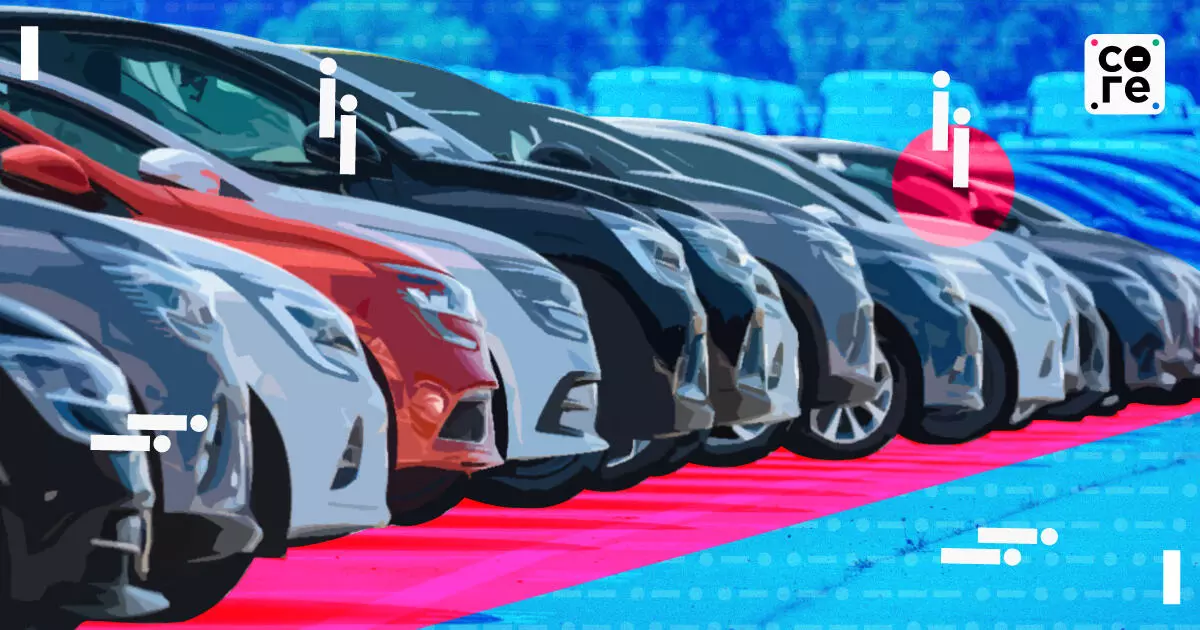
When Large Companies Misread Market Signals
Contrary to the hype, India's auto sector post-pandemic boom is losing steam. Big companies, despite clear data, missed the signs.

Car companies like Tata Motors are cutting prices quite sharply. The price cuts would be fine if the automobile industry was not a key barometer of the overall economy. A report by Nomura Securities says the sales of passenger vehicles (PV) and medium and heavy commercial vehicles (MHCV) are important to gauge cyclical growth in the economy.
While PVs signal discretionary demand, MHCVs have a strong linkage to overall industrial activity.
Now both PVs and commercial vehicles have disappointed in July and August, Nomura has said. On the other hand, inventories have risen from 55-60 days to 70-75 days with dealers as we have been pointing out in recent days and months.
This is the important part. Nomura has said that the moderation in buying may have been triggered by the fading pent-up demand post-pandemic, higher interest rates and the slowdown in government spending thanks to elections, which are several months behind us now. There is nothing that says why this will reverse now.
The larger issue, however, is the reading of signals. Companies worldwide appear to have assumed pent-up demand was equal to consistent demand and growth. An example is the US where discount retail chain Big Lots, with over 1,300 stores, has filed for bankruptcy. The Wall Street Journal says this is the latest retail casualty as consumers reigned in spending after a post-pandemic surge. There are similar reports on spending slowing down in services as well, including travel within and out of the West.
You cannot blame companies for being exuberant and betting on a consistent rise in sales. But India’s auto sector seems to be a cautionary tale of too much optimism leading to too much production and then not relenting. This is despite dealers pushing back for months saying they were reeling because of huge inventory build ups.
While, as always, some models are doing better than others, the fact is there has been a slowdown, and notably so at the entry level. Raj Singhania, the president of the Federation of Automobile Dealerships, told The Core last week that incomes have not risen by the same rate (70% or so) as car prices.
“Average prices for passenger vehicles were around Rs 6.5 lakh four or five years ago, now the average price is almost Rs 11 lakh,” Singhania said.
Somewhere in this, there is a pretty large assumption failure, that growth would follow a natural momentum. It is in some ways obvious, even in retrospect, that car makers were not really looking at other figures like income and jobs. Or even if they were, they did not pay as much attention to the details as they should have. Moreover, they jumped on the easy-to-believe answers or excuses like heatwaves and then heavy rains keeping India’s consumption low.
Large companies, including car makers, usually do their own studies and build models based on them. But between the lack of good public data, particularly more real-time, and the haze that led to the car makers not believing in what they should have been seeing in broad daylight, they pumped out tens of thousands of more cars than they should have.
And then there was the stock market. Who wants to be the first to signal to the stock markets that sales could be headed down when stock prices are racing up? Well, obviously no one.
While the exuberance in auto sales and its hangover effects may be visible, could this be the case in other consumer-facing industries in India as well?
Contrary to the hype, India's auto sector post-pandemic boom is losing steam. Big companies, despite clear data, missed the signs.
Zinal Dedhia is a special correspondent covering India’s aviation, logistics, shipping, and e-commerce sectors. She holds a master’s degree from Nottingham Trent University, UK. Outside the newsroom, she loves exploring new places and experimenting in the kitchen.

